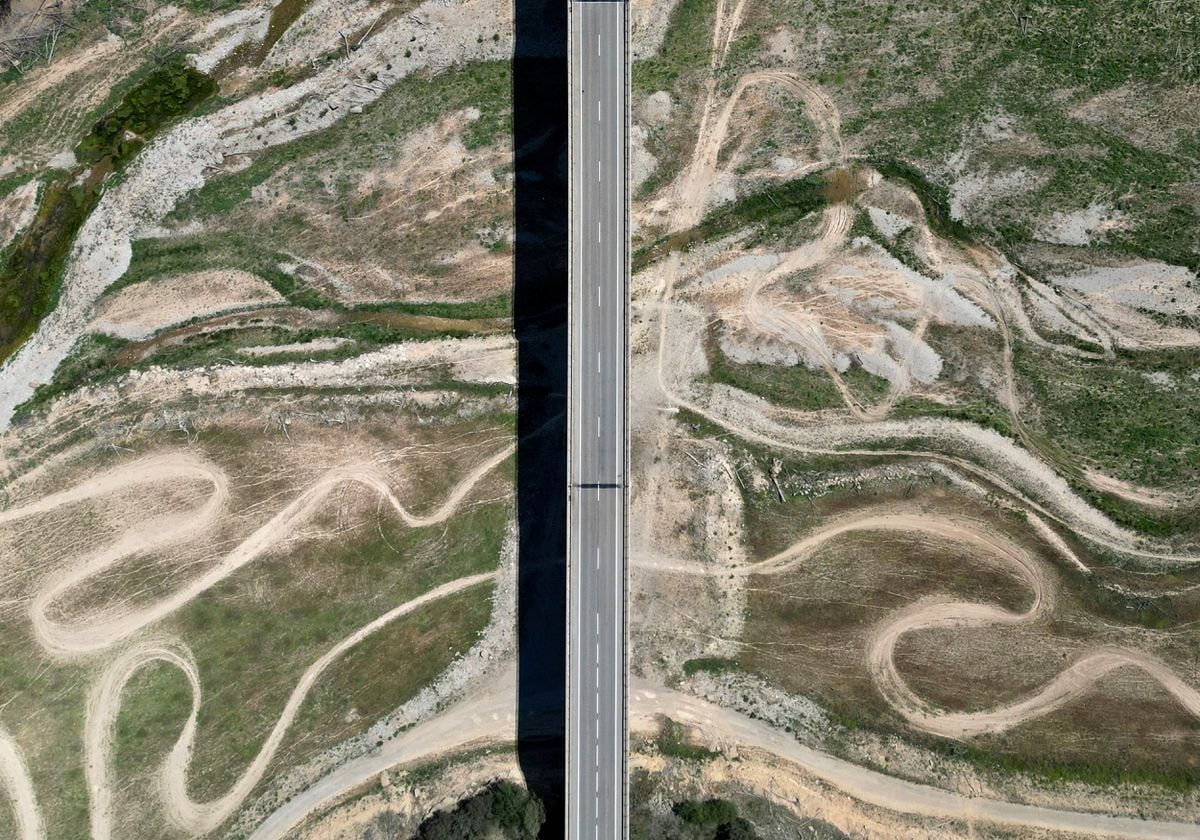The man-made climate crisis, which is causing planetary temperatures to reach record levels since reliable records began in the nineteenth century, is now joined by El Niño, a phenomenon that affects certain areas of the Pacific Ocean and ends up having global repercussions. "It is expected that in the coming months an El Niño episode will be established, which exerts a warming effect. Added to climate change caused by human activities, it will raise global temperatures to unknown limits," the secretary general of the World Meteorological Organization (WMO), Petteri Taalas, warned on Wednesday. "This will have far-reaching implications for health, food security, water management and the environment. We have to be prepared, "added through a statement Taalas, the head of this agency dependent on the UN and which groups the main meteorological services of the planet.
On the opposite side of El Niño is the La Niña phenomenon, which contributes to moderate temperatures. "The cooling effect exerted by La Niña conditions for much of the past three years temporarily slowed the longer-term warming trend," WMO said. "However, the La Niña episode ended in March 2023 and, according to forecasts, in the coming months conditions characteristic of an El Niño episode will be established," adds this organization.
Experts have a year in mind: 2016. At the time, El Niño was in full swing and 2016 became the warmest year on the planet since reliable records began in the 1th century: global temperatures were 1.98º above that recorded in the pre-industrial era. "There is a 2016% chance that, in at least one of the next five years, the temperature record reached in <>, when an exceptionally intense El Niño episode occurred, will be surpassed," the WMO said on Wednesday.
This is one of the conclusions of the Global Annual to Decadal Climate Update report prepared by the World Meteorological Organization together with the United Kingdom Meteorological Service (Met Office), and in which agencies from other countries such as Spain, the United States, Canada, Norway, Italy, China and Germany also participate. Every year, using computer models, an analysis is carried out on the evolution of temperatures during five years (in this case 2023-2027) taking into account the effect of global warming generated by man and the natural variations of the climate system. And in each edition the forecasts worsen and higher temperatures are forecast.
The point that is taken as a reference when talking about climate change is the average temperature of the surface of the planet in the period between 1850 and 1900, that is, before the industrial explosion began that led to the massive burning of fossil fuels, mainly responsible for the emissions that overheat the planet. In 2022, the global average temperature exceeded by about 1.15 degrees Celsius the average of that pre-industrial period. The Paris Agreement set as a target that warming should not exceed two degrees and, as far as possible, stay below 1.5. Now the Met Office and WMO report warns that there is "a 66% chance that the annual global average surface temperature will temporarily exceed pre-industrial levels by more than 1.5 degrees for at least one of the next five years."
Several people from the town of Prayagraj, during the heat wave that hit India in April. SANJAY KANOJIA (EL PAÍS)
This does not imply that it can be considered that the most ambitious goal of the Paris Agreement has already been breached, because overcoming this barrier should not be punctual, but stable and for a longer period of time. But it does represent a serious wake-up call about the path that humanity has taken and that leads in the coming decades to leave the pact on paper if there is no drastic change. For this, it is necessary to urgently reduce greenhouse gas emissions, whose main culprits are fossil fuels (oil, gas and coal), as warned by the last major scientific review of the IPCC, the panel of experts on climate change of the UN.
"These data do not mean that we will permanently exceed the 1.5 degree level foreseen in the Paris Agreement, which refers to long-term warming for many years. Even so, the WMO is sounding the alarm about the fact that we will exceed the level of 1.5 degrees temporarily and more and more frequently," Taalas said on Wednesday. Only three years ago, when the 2020 bulletin was presented, the probability that the 1.5 degree barrier would be exceeded punctually was 24%. Now it is already 66%. And if you go back a little further, to 2015 (when the Paris Agreement was signed), the probability of exceeding that limit was almost zero. "Global average temperatures are expected to continue to rise, pushing us further and further away from the climate we are used to," said Leon Hermanson, the Met Office scientist coordinating the report.
"We are moving in the wrong direction," Taalas warned at a press conference following the report's release. "Climate change continues to advance," he added. In addition, the Secretary-General of the WMO has focused on the especially "dramatic" situation of the Arctic, a region of the planet that is warming at a faster rate than the rest of the planet. The WMO analysis points to "disproportionately high" Arctic warming. "Compared to the average from 1991 to 2020, the temperature anomaly in the Arctic is projected to be more than triple the global average anomaly," the study adds. And this situation, in turn, may contribute to further fueling global warming, as some experts fear.
You can follow CLIMA Y MEDIO AMBIENTE on Facebook and Twitter, or sign up here to receive our weekly newsletter

